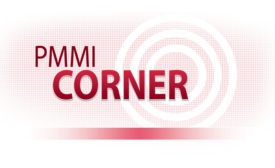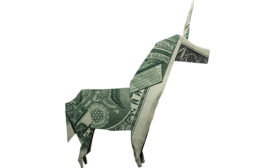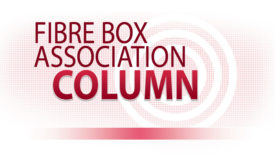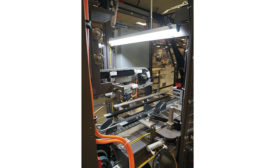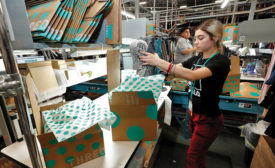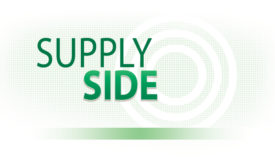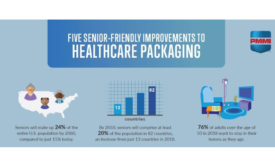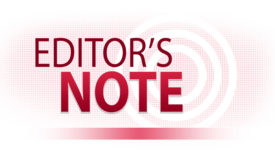Home » packaging trends
Articles Tagged with ''packaging trends''
Brand Packaging: Food & Beverage Trend
2019: The Year of the Unicorn
From hot cocoa to cold beer, unicorn-themed foods and beverages are dazzling consumers of all ages.
December 13, 2019
Brand Packaging: eCommerce
Why Branded Packaging in Ecommerce Matters
Is your current approach tailored for your brand, or is it fairly generic? Will it excite customers, or be quickly discarded or ignored?
December 12, 2019
Brand Packaging: Consumer Insights
Is Your Brand Ready for Generation Z?
This post-millennial generation makes up a quarter of the U.S. population, influences family spending decisions and controls $143 billion in spending power.
November 13, 2019
Machinery
OEMs Advance Design Strategies for Automated Case Packers
Keeping automation affordable will allow customers to continue receiving better ROI.
November 12, 2019
Spotlight Feature, part 1 of 2
Re-Commerce: Online Retail Moves to Brick and Mortar
Second-hand online retail shops are lending a hand to struggling stores in order to grab the attention of younger generations.
November 12, 2019
Keep the info flowing with our eNewsletters!
Get the latest industry updates tailored your way.
JOIN TODAY!Copyright ©2025. All Rights Reserved BNP Media.
Design, CMS, Hosting & Web Development :: ePublishing

